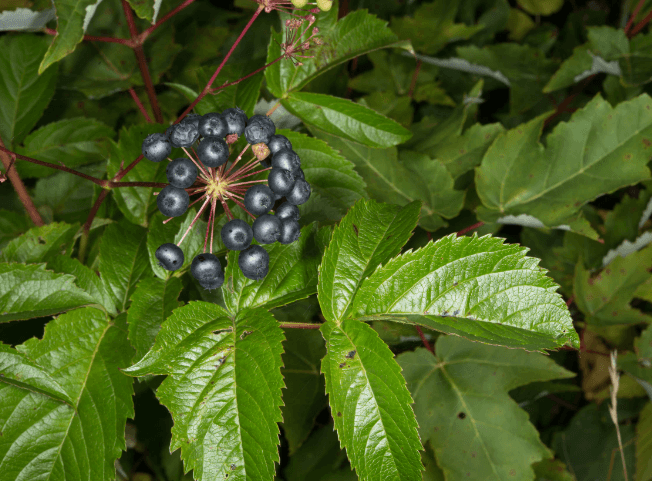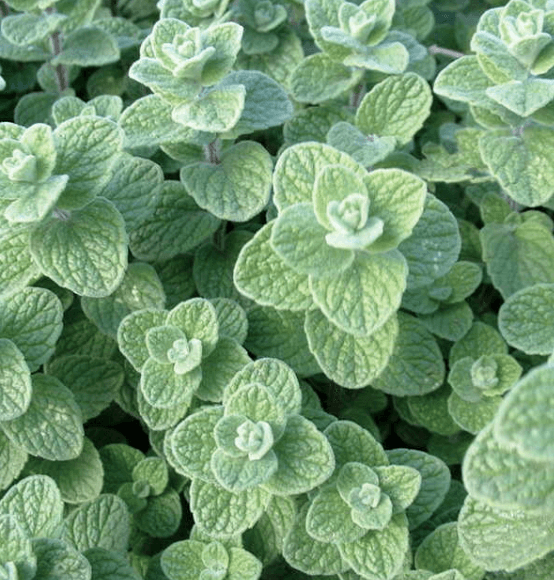Chicory-(Cichorium intybus) Compositae Perennial

Chicory is a herb with a number of nutritional and medicinal qualities. When young, the long, broad leaves are at first bunched together in a clump, like spinach or sorrel, and then as the plant grows it sends out many branching stems with tiny, sparsely scattered leaves, finally achieving a height of 1.80m (6ft) or more. In midsummer the buds burst open revealing sky-blue, single, starry blooms which furl again at noon; on dull days they remain open all day. The finely serrated petals radiate from navy- blue central stamens; bees visit the flowers constantly when they are open. Seed is sown in spring, and the plants will grow almost anywhere but prefer average, well- drained soil and a sunny position.
The leaves and roots of the plant are used; the root being a coffee substitute or addictive. The roots and the indented foliage at the base of the plant resemble dandelions in flavour, use and therapeutic properties. The leaves also yield a blue dye.
Chicory is known by several names and is called witloof or Belgian endive in its cultivated form. For this, young plants are forced in the dark and are prepared in a special way for blanching tightly folded, elongated, creamy coloured heads; blanching also reduces excess bitterness. In England, the old name for chicory was succor and in many country areas it is still known by this name.
Historians agree that chicory is native to Europe and that it was known to the ancient Egyptians, Greeks, Arabians and Romans, who also knew how to blanch the leaves.
Astrologers say it is a plant under Jupiter.
Uses:
Culinary – Blanched chicory , known as witloof for Belgian endive, is a sought- after delicacy and can be eaten raw or lightly cooked and prepared in different ways. Added to a green salad the crisp leaves give it a tantalising flavour. It is characteristically bitter, although the whiter and younger the leaves, the less bitter they are. Experienced cooks choose the fattest, firmest and creamiest of the heads, even if some of the outside leave are fringed with pale gold; but if the fringing is green and on several of the leaves and the heads feel limp , do not buy it.
For a green salad, carefully pull whole leaves from the tight head, wash them, dry well, and leave to crisp up in the refrigerator. For a salad on its own, either prepare the leaves in the same way and toss them in a French dressing. Or cut the whole washed head either into circles, lengthways, or slantways, before tossing. To cook, cut the head in half lengthways, simmer or steam gently until just tender, drain and serve hot, masked with a favourite sauce. It can also be cut into smaller pieces and mixed into the sauce instead. Another good way to serve chicory is to steam small whole heads, or halved if larger, then drain, wrap ham around, them, cover with sauce, perhaps add a little grated cheese, and grill until golden. The tender young green leaves can be freshly picked an added to a salad ; but be warned, they are bitter, although not unpleasantly so, especially if eaten in moderation or mixed with other fresh, leafy greens. Young dandelion leaves can be eaten in the same way. While enjoying chicory as a food, it is good to know that it is extremely good for the liver as well as extremely good for the liver as well as being a blood purifier and an appetizer.
Medicinal – the roots are used more often in herbal medicine than the leaves because they contain the greatest healing properties. The roots, dried and ground, are sometimes, added to coffee, or a coffee- type beverage. The root has laxative properties and also helps rid the body of excess fluid. Like the leaves, the root is excellent for liver complaints and helps the flow of bile. A decoction made from the root is also used for rheumatic conditions and gout.
Culpeper says that the juice, or bruised leaves, mixed with a little vinegar, reduces swellings and inflammations when applied externally. Parkinson , another olden – day her balist of esteem, declared chicory to be “fine, cleansing, jovial plant” chicory should not be taken too often or too freely because it is said to cause congestion of the digestive organs, but used in moderation it can do no harm.
Chicory greens are very good fodder for some animals, including sheep, cows and horses.




